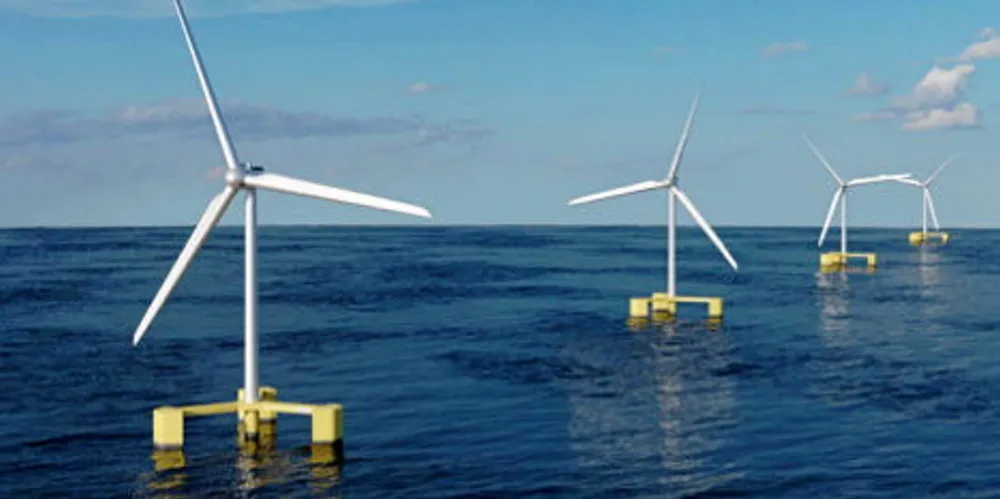South Korea's Hyundai Heavy hails 'technological milestone' for Hi-Float floating wind platform
Conglomerate says approval in principle from Bureau Veritas is big step to mass deployment of system to support 10MW turbines

South Korea’s Hyundai Heavy Industries (HHI) claimed a milestone in its push into floating wind as its Hi-Float foundation design received an initial tick from global certification group Bureau Veritas.
The semi-submersible Hi-Float – which is designed to support a 10MW turbine – received approval in principle (AIP) from BV as HHI prepares to join a massive push to deploy floating technology off the Asian nation over the next decade.
HHI claimed it will be able to bring its huge marine construction capabilities to bear on floating wind to achieve industrialisation benefits as the technology ramps up.
Seon Mook Lim, executive vice president of HHI, said: "Obtaining the AIP for these innovative floating offshore wind turbine foundations is a meaningful technological milestone that will enable our solutions to contribute to the global decarbonisation effort. In addition, Hi-Float provides higher productivity considering the construction yard infrastructure and efficiency of marine operations."
Floating wind is slated to play a role in helping South Korea's national ambitions to deploy 12GW of offshore wind by 2030, and is longer term seen by some analysts as a better bet than fixed-bottom projects for the nation, given its ability to operate further from shore and beyond potential flashpoints with fishing fleets and other marine users.
That potential has attracted a roll-call of global players to take early positions in the market, including the likes of Shell, TotalEnergies and Equinor.
(Copyright)